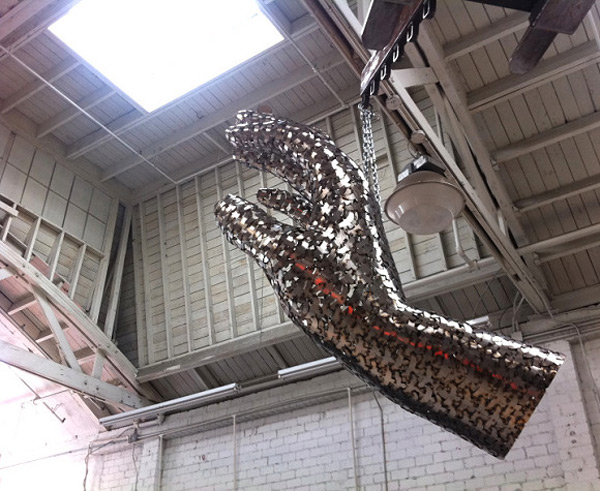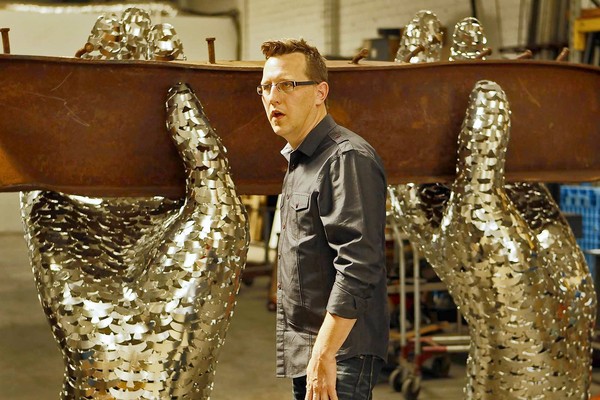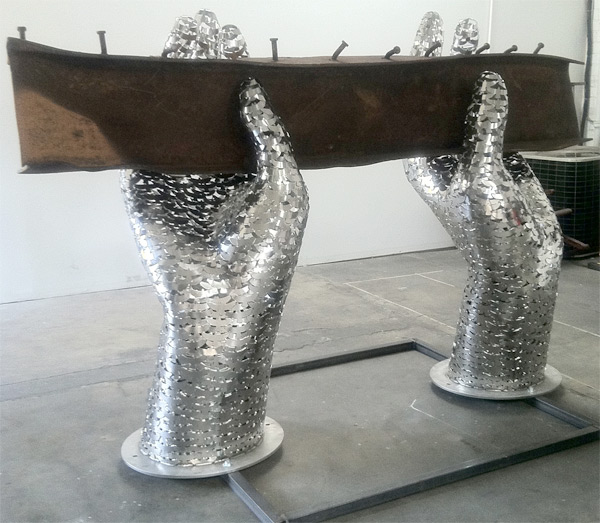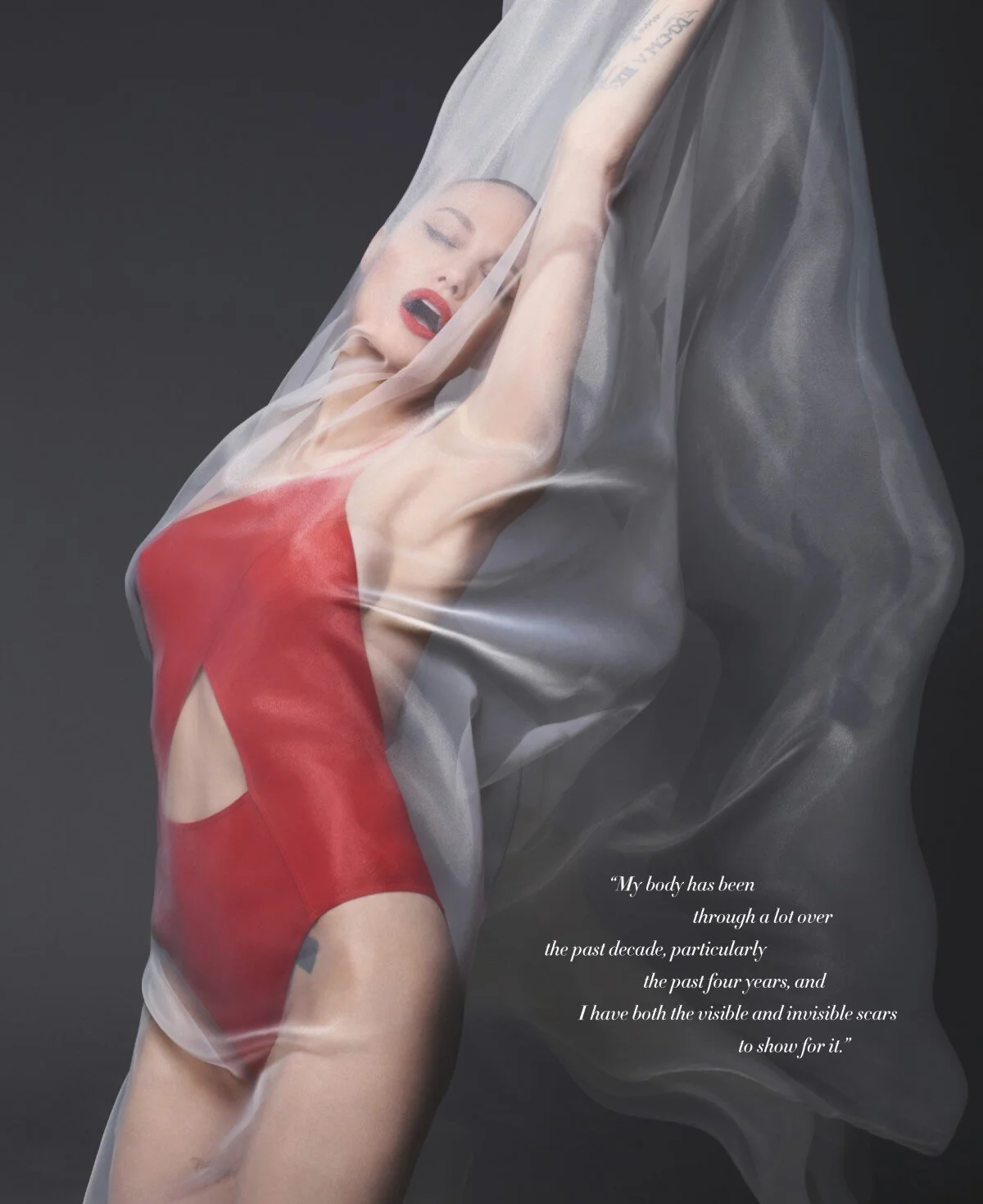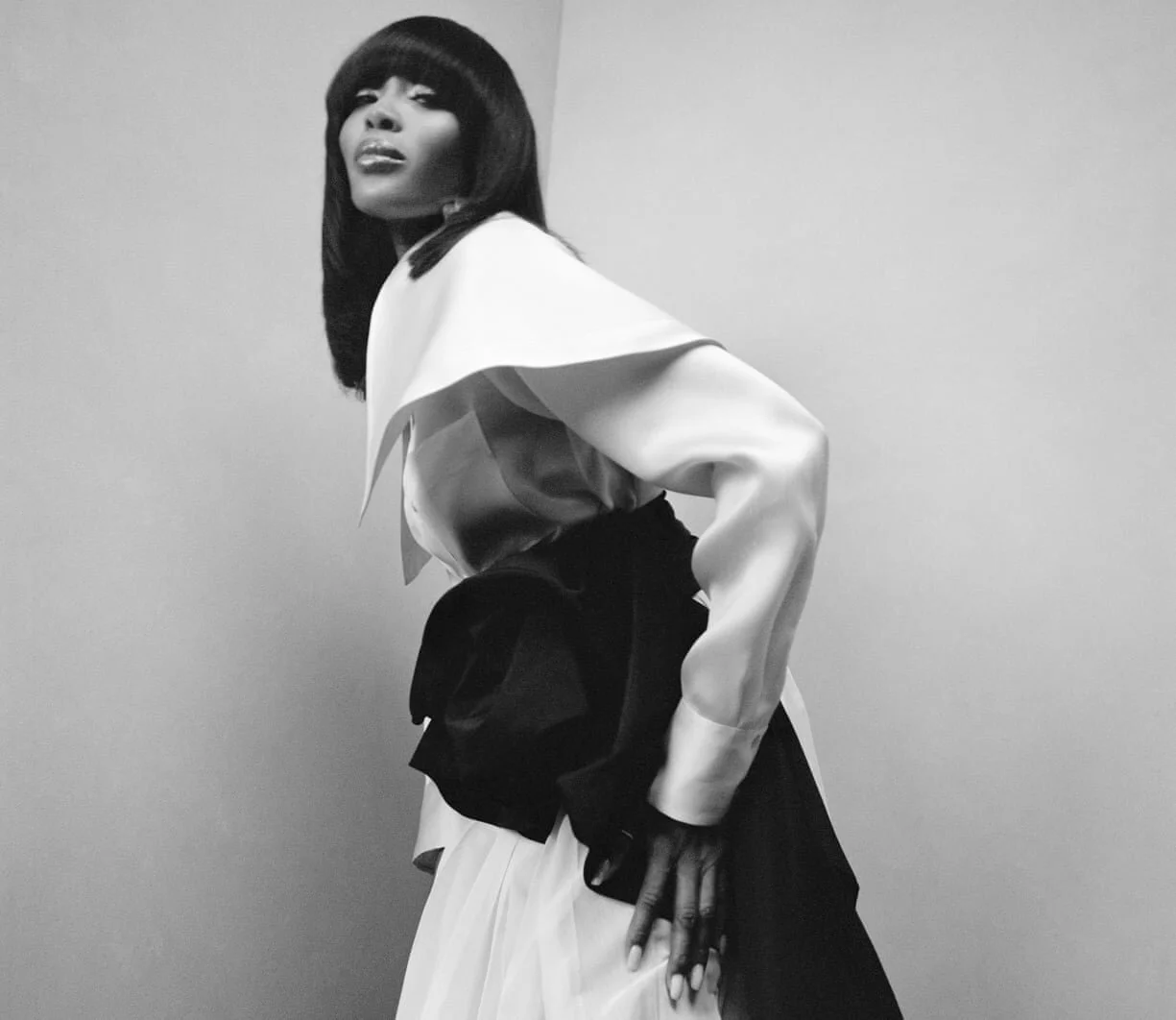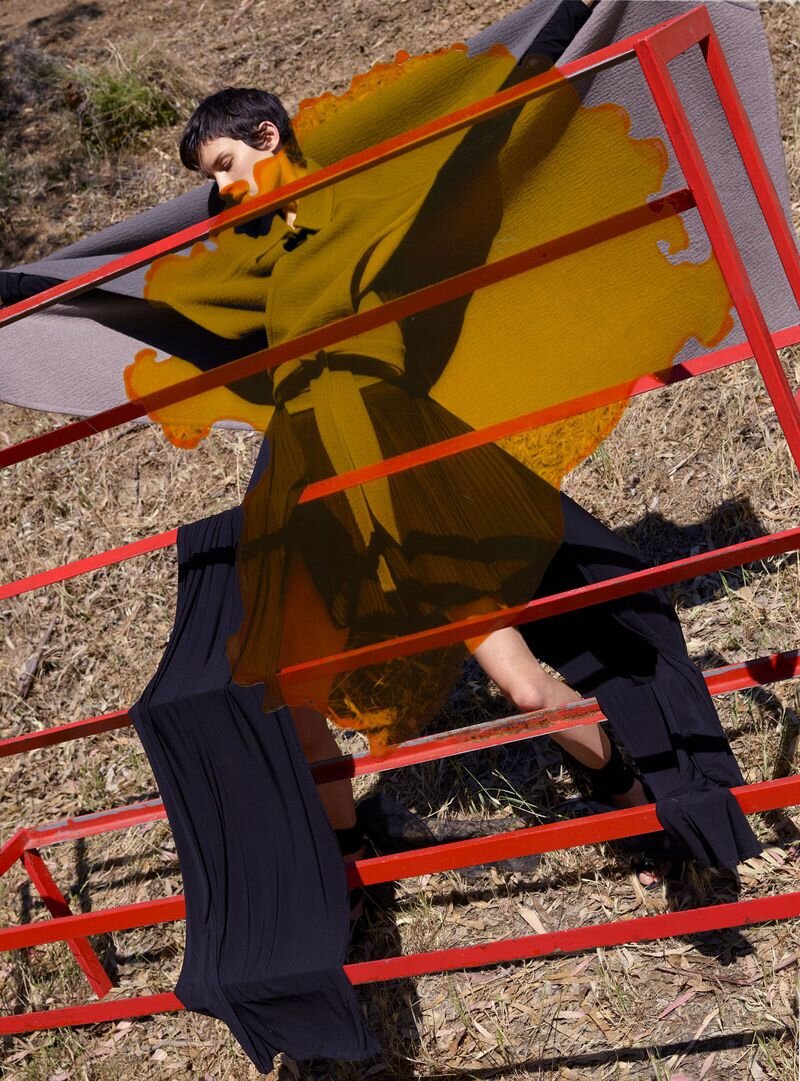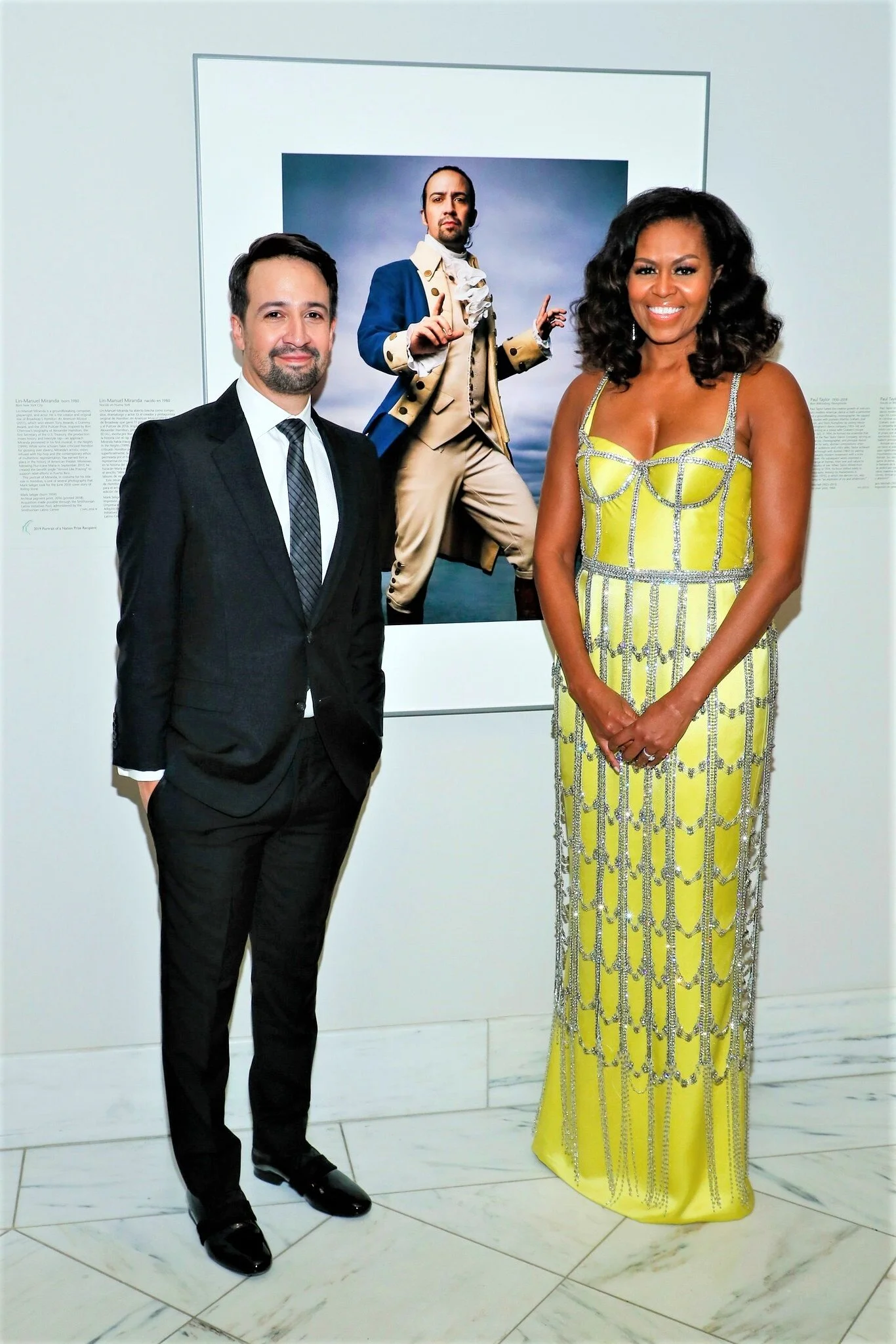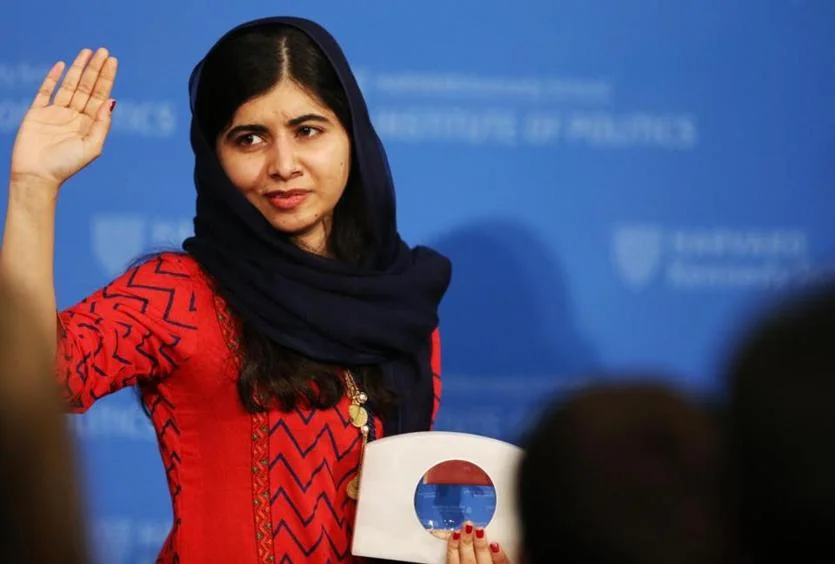National 9/11 Memorial Opens at NYC Ground Zero | Heath Satow's 9/11 Memorial
/National 9/11 Memorial Opens at Ground Zero

The New York memorial honoring those who died on 9/11 opened to the public this morning, a day after its dedication on America’s 10th anniversary of the attacks. It includes the names of 2,983 people killed by al-Qaeda in New York, the Pentagon and in Pennsylvania.
Where the twin towers of the World Trade Center stood, until that blue-sky morning 10 years ago, the memorial includes two one-acre-size pools that spread out across the World Trade Center plaza. The bronze panels with the names of those who died border the pools.
Four hundred swamp white trees line the new plaza and a small clearning caleld the Memorial Glade. This area is set aside for special ceremonies — the weddings of 9/11 children perhaps? The passengers and crew members who died on United Airlines Flight 93 are honored with a navy-blue flag adorned with 40 gold stars, billowing high above the site.
 NYC WTC Memorial designer Michael Arad and Mayor Michael BloombergMichael Arad, now a partner with Handl Architects, designed the memorial called ‘Reflecting Absence’. In 2006, Mr. Arad was one of six recipients of the American Institute of Architects’ Young Architects Award. The award honors architects licensed for ten years or less “who have shown exceptional leadership and made significant contributions to the profession early in their careers.”
NYC WTC Memorial designer Michael Arad and Mayor Michael BloombergMichael Arad, now a partner with Handl Architects, designed the memorial called ‘Reflecting Absence’. In 2006, Mr. Arad was one of six recipients of the American Institute of Architects’ Young Architects Award. The award honors architects licensed for ten years or less “who have shown exceptional leadership and made significant contributions to the profession early in their careers.”
In discussing the memorial, the Washington Post’s Philip Kennicott calls it ‘an extraordinary thing.’
“The basic vision works, in part,” he continues, “because it recalls ancient and deeply embedded connections among water, memory and death. Without reference to any single myth, the flowing waters suggest the River Styx, the boundary between life and death in Greek mythology. They also suggest portals, or whirlpools, through which one might pass to some unknown beyond, or the waters of death crossed by Gilgamesh in the old Sumerian epic.”
Writing in Metropolis magazine, Philip Nobel calls the memorial “deeply compromised, existentially confused, and flawed by bad taste.”
Reading what we feel is a very wandering, pedantic, confused essay except for the most erudite minds, ‘Memory Holes’ by Nobel, it seems that he objects to the contemplative nature of the memorial, the lack of aggressive machismo, American moxie, in your face triumph that the original WTC skyscrapers signified for the world. He writes:
Each visitor may decide for him or herself, as visitors to the World Trade Center once did, whether the scale of the architecture, relative to our own, belittles or aggrandizes human life and action. I always found the doubled hugeness of the Twin Towers uplifting, as Yamasaki argued it should be—“Man had built it and man could comprehend it,” he wrote in 1979—but the context through which we filter that experience of monumentality has changed.
The Nobel essay pays tribute to a core concept of man is destined to dominate women, nature, and each other and is very much in the myth of Icarus, man triumphs mindset. Anne has written about this topic in Can Architecture Conquer Man’s Love for Icarus with New Dreams?
Personally, she found the original WTC buildings and plaza to be one of the uggliest examples of cold, inhumane architecture architecture ever built. See more images of the WTC Memorial and Rosemead, California’s new 9/11 Memorial.
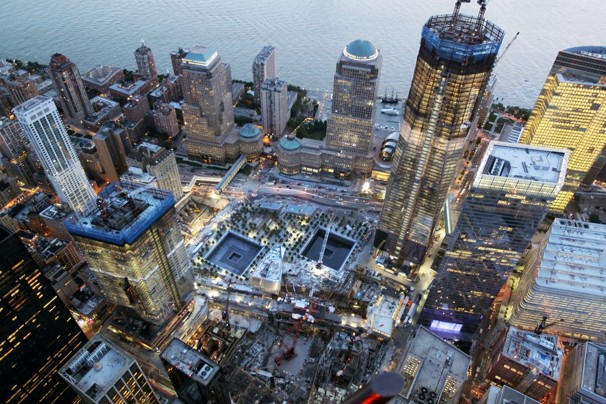
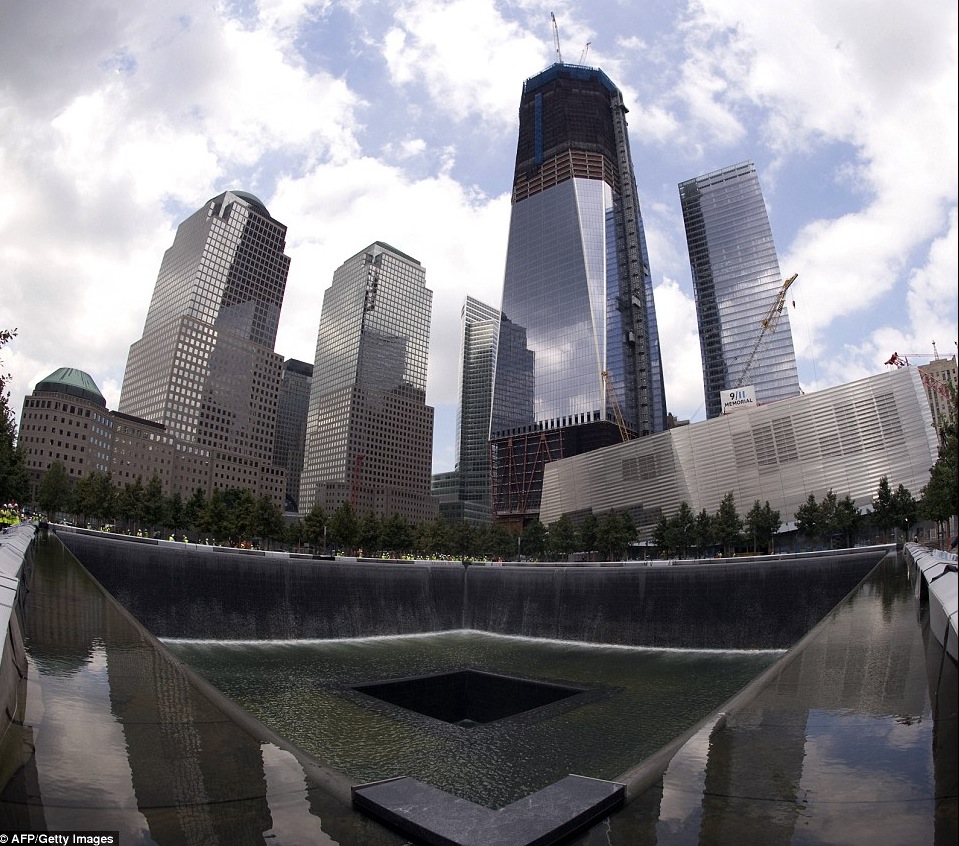
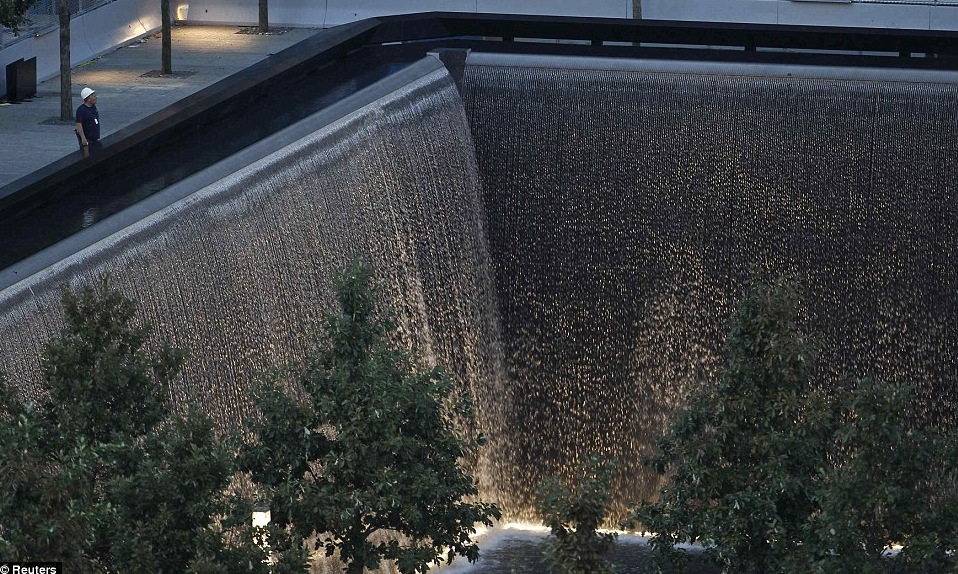
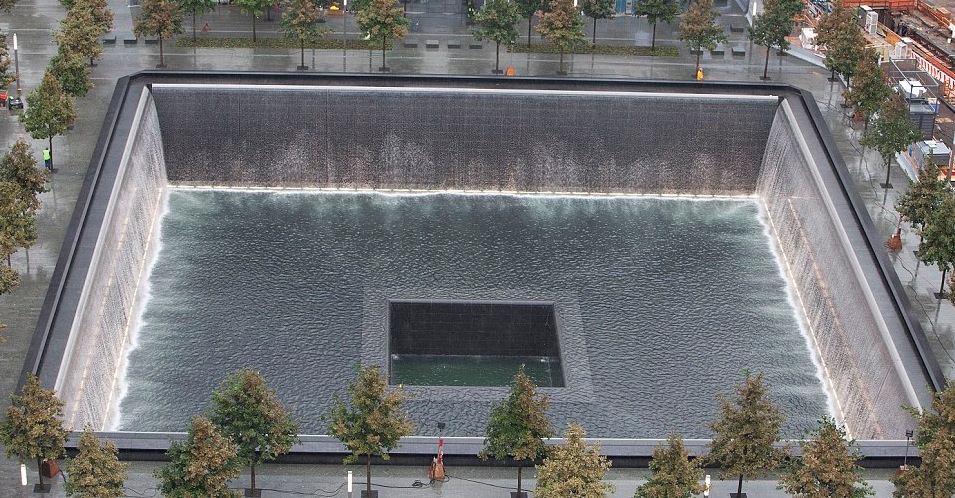

Rosemead, California’s Heath Satow 9/11 Memorial
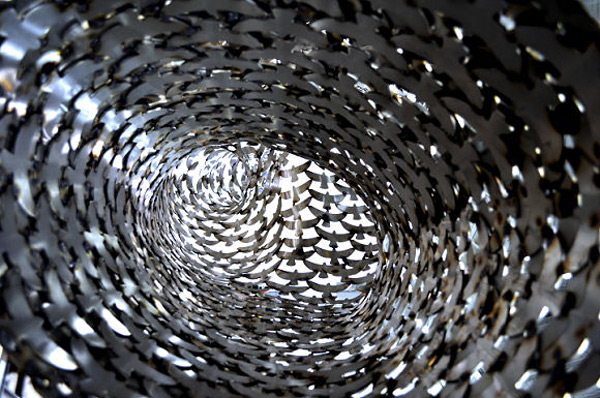
Rosemead (Ca.) honors victims of 9/11 LA Times
Nearly 3,000 abstracts stainless-steel figures are welded together into a pair of giant hands lifting a twisted steel beam from New York’s World Trade Center in a new sculpture unveiled Sunday, September 11 in Rosemead, Calif. Depending perhaps on one’s spiritual or ideological perspective, some see 4 1/2” doves, others hawks and angels, too, in artist Heath Satow’s memorial to the most dramatic event in modern American history.
The artist himself refers to the figure as ‘birds’:
“It was really heavy creating each bird, knowing that it represented a real person. It was taking a toll — I was getting really depressed working on it.”
Satow chose the I-beam from a catalog of World Trade Center artifacts maintained by the Port Authority of New York and New Jersey. Rosemead parks director David Montgomery Scott arranged for the Port Authority to release the 500-pound beam to the city.
The $60,000 art project was financed with donations and money raised by local Rosemead events including spaghetti dinners and food booths at the city’s concerts in the park, 5K runs and the sale of memorial bricks.
